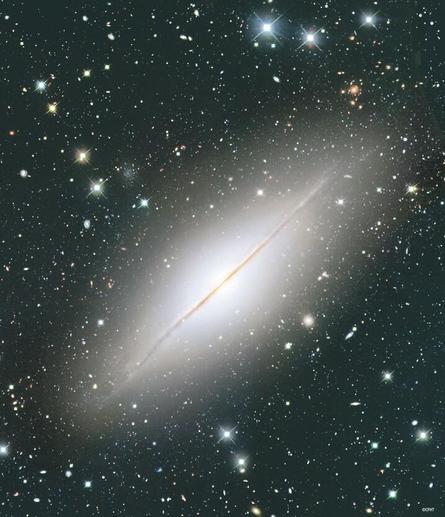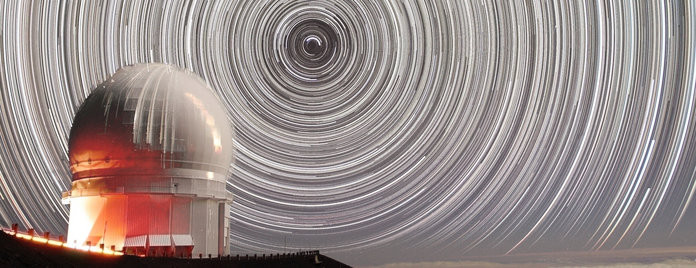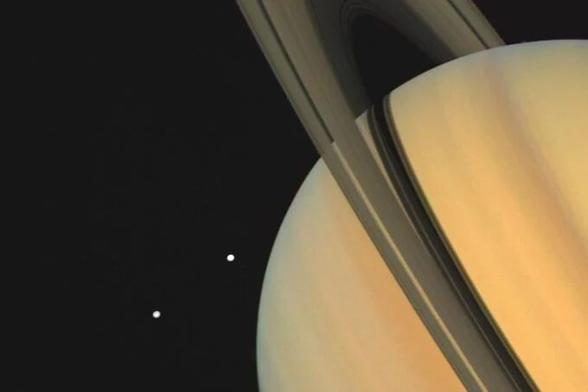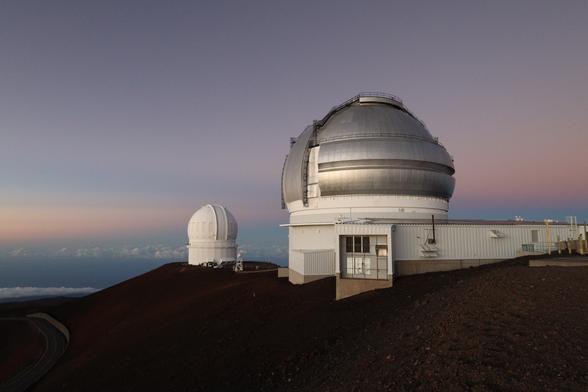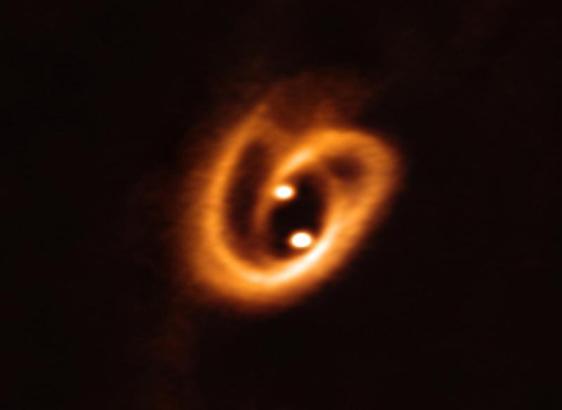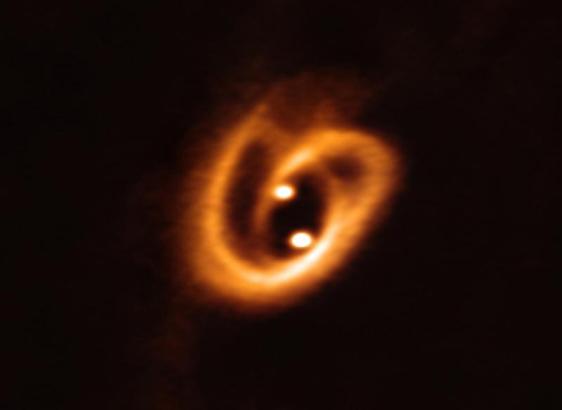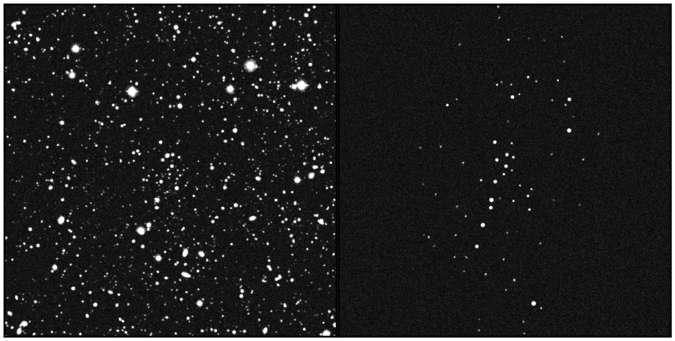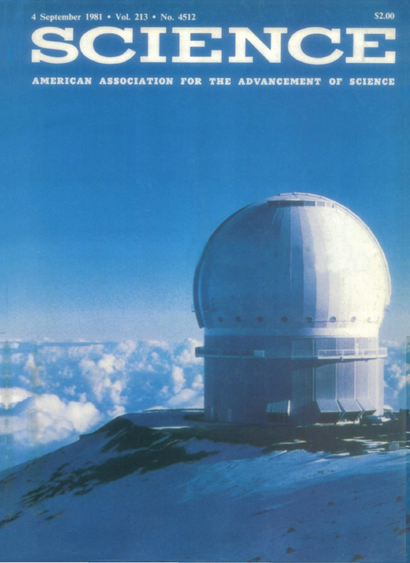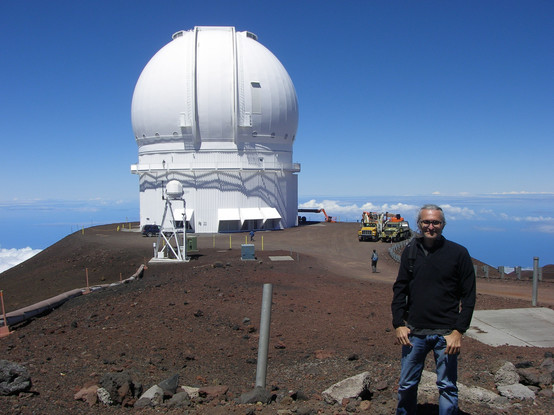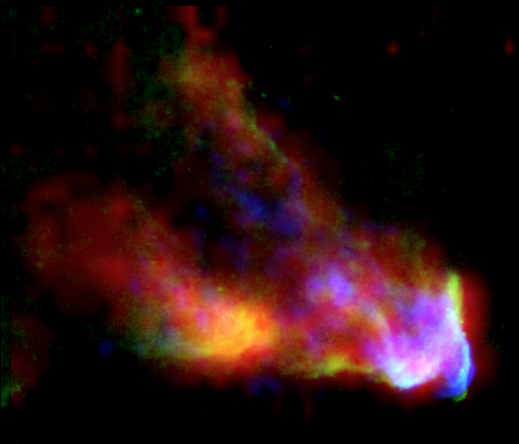[L'immense diversité des #mondes ...] Une nouvelle #exoplanète, peut-être même un #SystèmeSolaire composé d'une naine rouge et de troix exoplanètes, vient d'être découvert(e) par des astronomes français au moyen des spectroscopes #SPIRou et #SOPHIE opérant, l'un dans l'infrarouge depuis le télescope Canada-France-Hawaiʻi (#CFHT), l'autre dans le domaine visible depuis l'Observatoire de Haute Provence (@LAM_Marseille).
La naine rouge est âgée de quelque 500 millions d'années et possède un champ magnétique 100 fois plus intense que celui de notre Soleil. La période orbitale de l'exoplanète nouvellement découverte est de 6 jours. Il pourrait s'agir d'une #Neptune chaude. Des études ultérieures confirmeront (ou non) l'existence d'autres exoplanètes au sein de ce système distant de quelque 40 années lumière.
Infos+ : https://www.irap.omp.eu/2025/04/spirou-decouvre-de-nouvelles-super-terres-voisines-de-notre-systeme-solaire/
More Info (English version) : https://www.irap.omp.eu/en/2025/04/spirou-discovers-new-super-earth-neighboring-our-solar-system/
